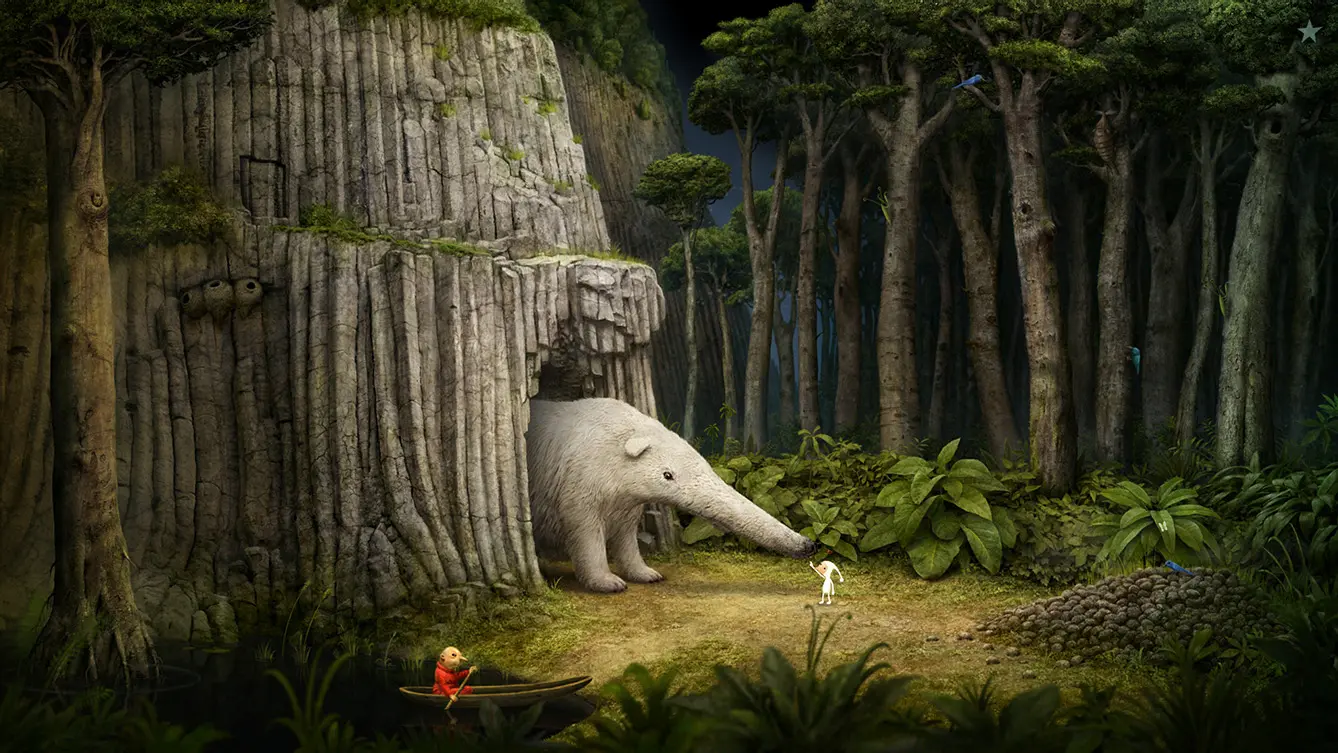It’s been two decades since a little gnome began wandering around unusual and uncanny objects on his way to find his home. When the first video game from “Samorost” series hit the game distribution system, the year was 2003. Its creator, Jakub Dvorský, was 25. Coming from Brno in Moravia, southeastern Czechia, he graduated from Prague’s Academy of Arts, Architecture, and Design. “Samorost” was his diploma work (* for which he only got a B grade).
Amanita, the Czech toadstool
The game was a success owing to its ingenuity and – as good games usually are – the perfect balance between simplicity of use and captivating gameplay. “Samorost,” a simple point-and-click adventure game, makes its players help a little cartoon Gnome or dwarf of a very pleasant, funny physique navigate through the world of the dangerous and the bizarre.
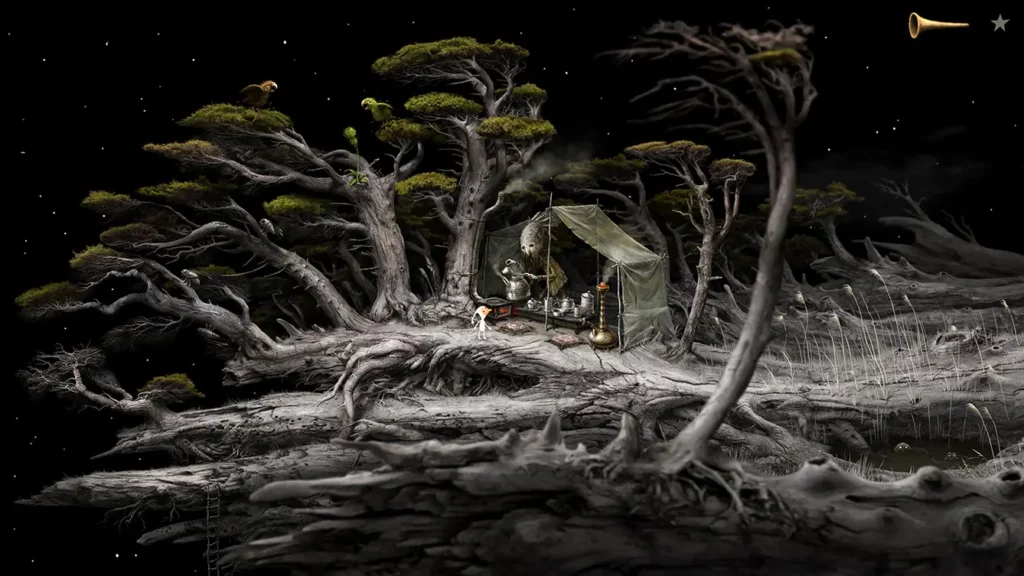
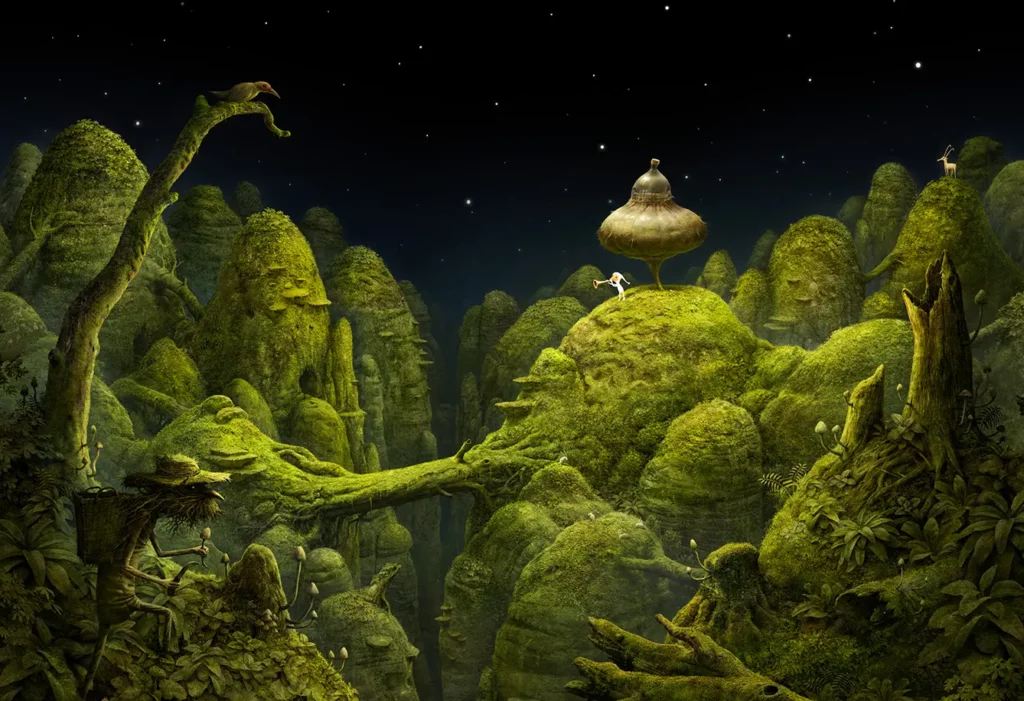
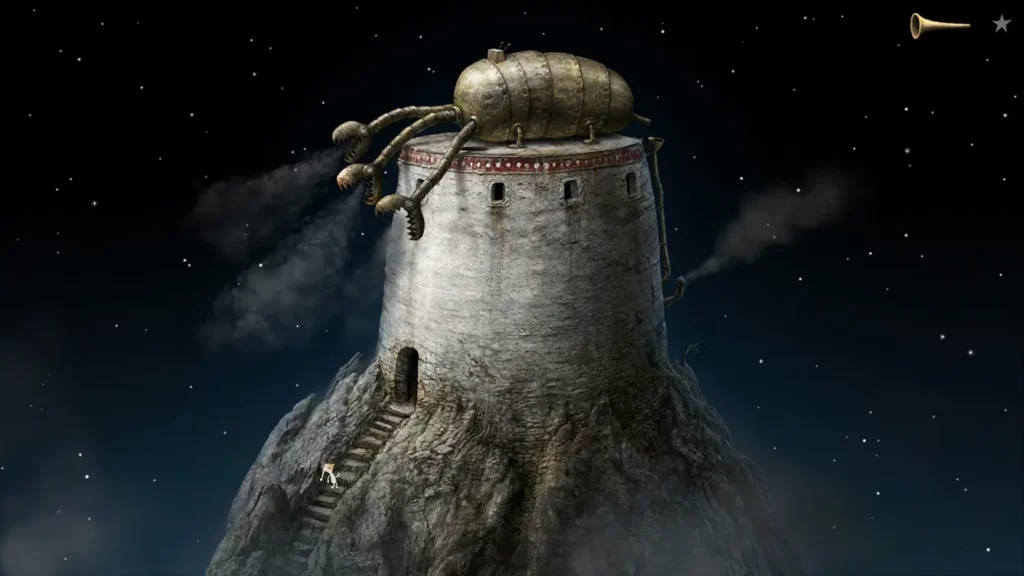
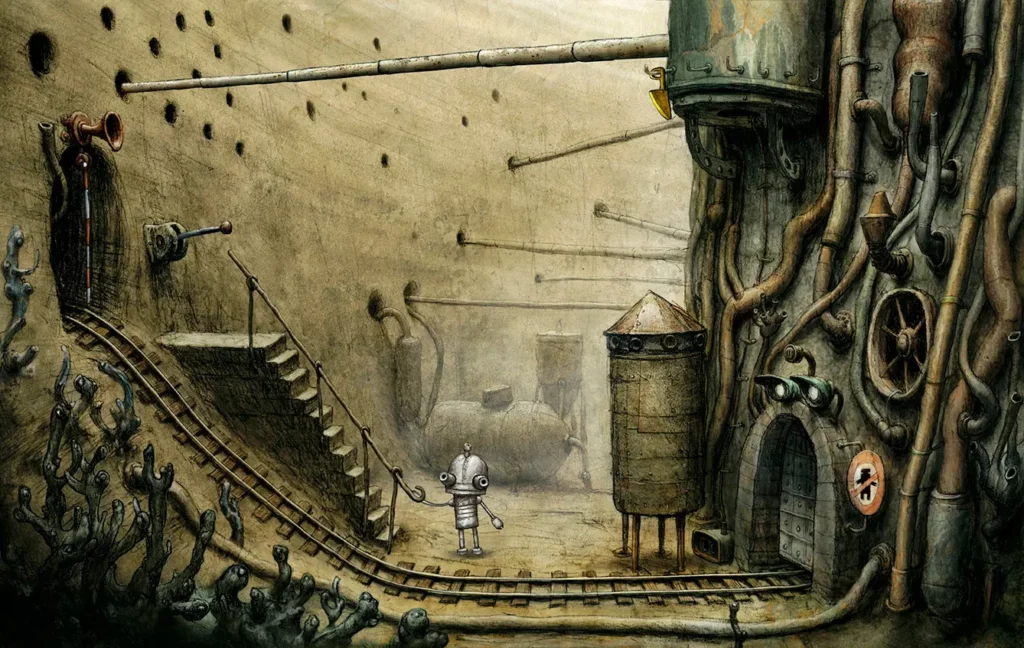
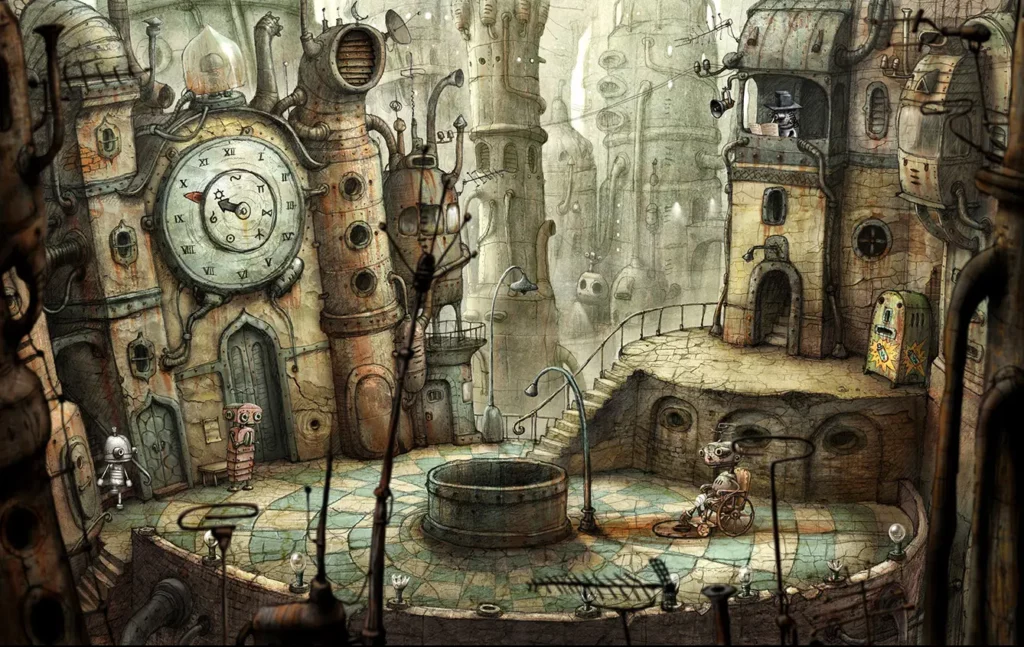
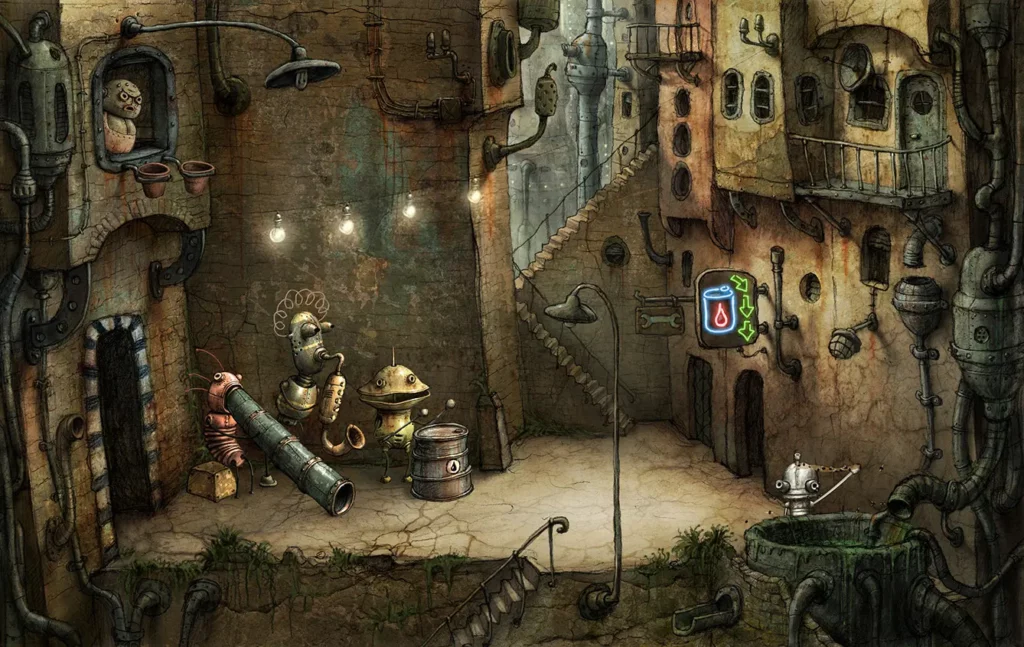
Dvorský’s studio, established soon after his graduation in 2003 in his hometown of Brno, is named Amanita Design after the Latin word for toadstool – and it was not overlooked that this kind of mushroom, though poisonous, may also be hallucinogenic.
And the name fits. Amanita’s hit series “Samorost”, as our dwarf on his journey usually wanders through landscapes that are unlike any others we would know. To this end, Jakub Dvorský and his co-workers at Amanita used what famous early 20th-century artist Marcel Duchamp called Readymades, or, in French, objets trouvés. Meaning literally “found objects”, Duchamp would use both everyday products and junk.
From Moss and Fern to Samorost
And Amanita Design’s games use them, too – but perhaps in a different aesthetic. The gnome in white overalls, complete with a nightcap with a pompom, lands with his spaceship on a planet made of close-up moss. Other times, he finds himself in a forest of chanterelles or on a surface made of roots or tree branches. Jakub Dvorský’s imagination combines photos of natural objects and industrial ones (scrap metal, old, and rusty mechanical elements), playing with scale and giving everyday objects, say door locks or cans, new meaning.
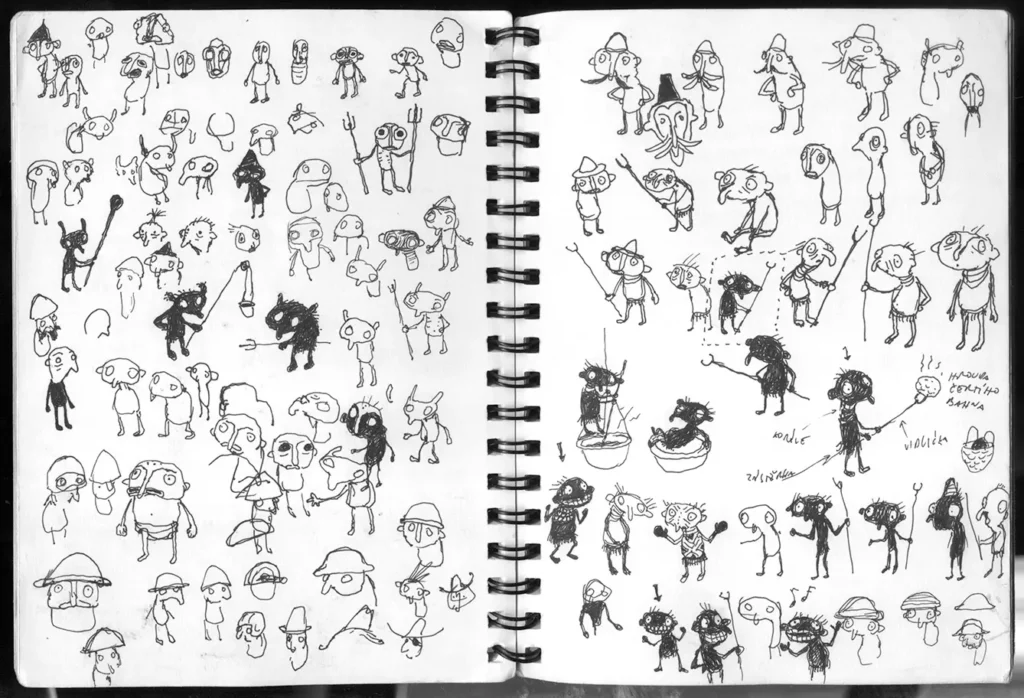
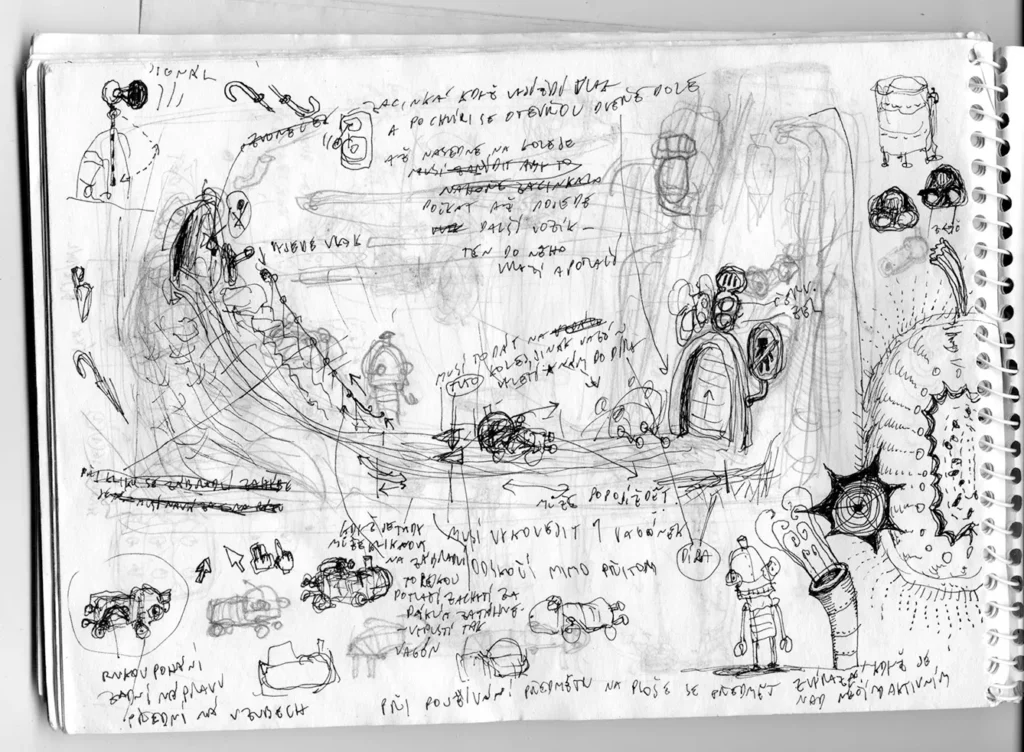
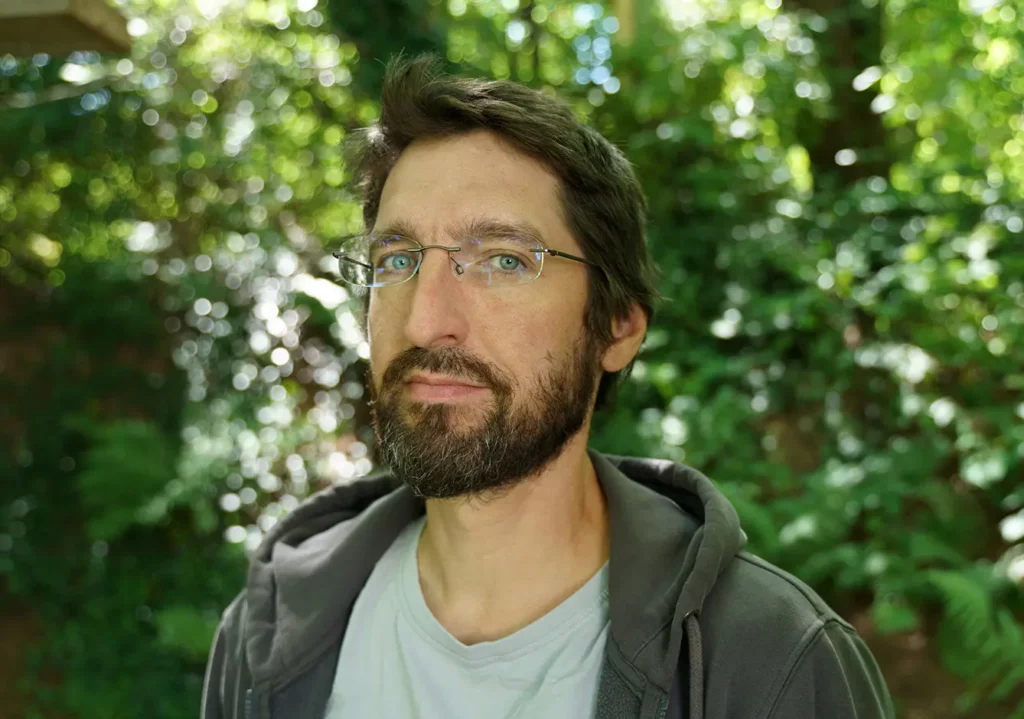
The same, but maybe to a lesser extent, applies to “Machinarium” – another hit game by Amanita from 2009. Instead of a gnome, we have a robot, and the world is more technical and cartoon-like, though still with an uncanny vibe. More to come with other, perhaps lesser-known creations by Amanita, like “Pilgrims”, “Chuchel”, and “Botanicula”. And “Samorost’s” success was followed by a sequel in 2005 and “Samorost 3” in 2016.
The root that has a face
In one interview, Jakub Dvorský explained: “’Samorost’ in Czech means a root or piece of wood which resembles a creature, but it is also a term for a person who doesn’t care about the rest of the world. I think it’s a nice Czech word that has various meanings”.
Samorost’s aesthetic is not entirely self-grown, though. Amanita’s head designer explains that he grew up on cult point-and-click games of the 8-bit computer era, like “Gobliiins” or “The Neverhood”. But it’s hard not to notice that he also grew up in Czechoslovakia.
“Czechoslovakia used to be an animated film superpower, which is not true anymore, but I hope Amanita and other Czech indie studios have a chance at continuing that great tradition,” Dvorský said, as quoted by The Guardian. And perhaps he meant less known stop-motion animations by his former teacher at Academy Jiří Barta. But to those who grew up in Eastern Bloc, more popular cartoon comes to mind.
It’s Zdeněk Smetana’s and Václav Čtvrtek’s Pohádky z mechu a kapradí, or “Tales of Moss and Fern”, a Czechoslovakian cartoon produced from 1968 to 1972. Křemílek and Vochomůrka are almost the same Gnomes (nightcap included), having their cartoonish adventures on ready-made backgrounds: wallpapers with decal leaves and oversized tree branches. In their world also, one sprout of rosemary can become a sky-high tree, and a mushroom can provide shelter for two. The cartoon was known not only in Czechia, but exported to Poland, Bulgaria, East Germany, and the Soviet Union.
As such, it is known all around Central Europe. But it’s not a videogame, nor contemporary, not Czech technically speaking, but Czechoslovakian. So, giving credit where it is due, “Samorost’s” hit remains Amanita Design’s success, translating the great tradition of Czechoslovakian animation to a modern audience.
If you enjoyed reading about Amanita Design Studio, we have more fascinating stories related to the gaming industry that you might find interesting. First, take a look at the article on the map that can help you navigate the world of “The Witcher.” Then, dive into the Czech gaming industry and discover its growth and impact on the industry as a whole. Finally, learn about Polish-born Jack Tramiel and his role in the development of the Commodore computer. Don’t miss out on any new stories and updates, subscribe to our newsletter at https://3seaseurope.com/newsletter/.


